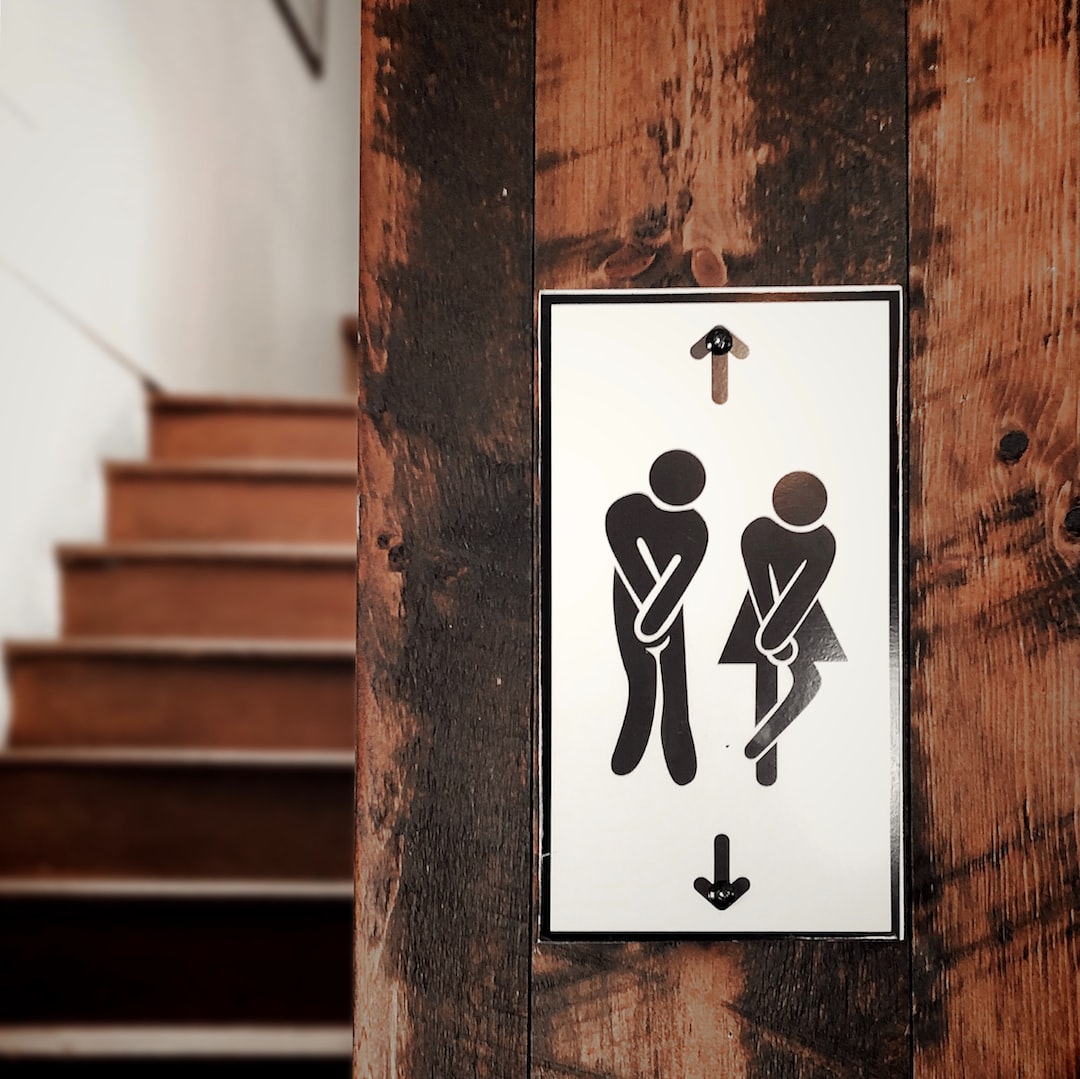
The Best Stress Incontinence Treatment for Women in Texas
As many as 35% of adult women have stress urinary incontinence. Common causes of stress incontinence include obesity, aging, and smoking. However, pregnancy and childbirth could play a part as well.
If you’re struggling as well, these stress incontinence treatment options could help. After reviewing this guide, you can discuss your options with a urogynecologist.
Discover the best stress incontinence treatment near me today.
Medications
Your urogynecologist might recommend a combination of treatment strategies for your stress incontinence. For example, they might recommend medications. Your doctor will determine which medications suit your needs based on:
- The cause of your incontinence
- Your overall health
- Whether you’re taking other medications
For example, your doctor might recommend anticholinergics to calm an overactive bladder and urge incontinence. Mirabegron is used to treat incontinence by relaxing the bladder muscle. It could increase the amount of urine your bladder can hold and how much you’re able to urinate at a time as well.
Topical estrogen might help, too. A low-dose vaginal cream, ring, or patch might tone and rejuvenate tissues in the vaginal area and urethra.
Hormone cream could help restore the tissue in the urethra and vagina to its normal thickness. As the tissue gets thinner, your estrogen levels will decline. This could increase your chances of leakage.
Medical Devices
There are now certain devices available as a treatment for stress incontinence, too.
For example, your urogynecologist might recommend you use urethral inserts. This small, disposable device appears similar to a tampon. It’s inserted into the urethra to act as a barrier before leakage occurs.
Usually, urethral inserts are used to prevent incontinence during specific activities. However, you can choose to wear it throughout the day as well. Only wear the insert for up to eight hours daily.
Consider using them when playing tennis, lifting weights, or running.
Otherwise, your urogynecologist might recommend a vaginal pessary. It’s shaped like a ring with two bumps positioned at each side of the urethra. The ring is fitted and put into place by a medical professional.
The vaginal pessary can support your bladder base to prevent urine leakage during specific activities. It can also help if your bladder has dropped.
These options are ideal if you wish to avoid surgery. However, both will require routine removal and cleaning.
Lifestyle Changes
Over 25 million adults in the US struggle with either temporary or chronic urinary incontinence. Though the condition can occur at any age, it’s common in women over the age of 50. A few lifestyle interventions as you get older could help minimize your need for invasive treatments.
Adjust Your Diet
For example, it can help to avoid constipation if you’re experiencing stress incontinence. Try scheduling the times you use the restroom. Keeping your bladder from becoming too full could minimize the risk of leakage.
Consider adding more fiber to your diet. Keeping your bowel movements regular and soft will reduce strain on the pelvic floor muscles. Consider foods like legumes, fruits, vegetables, and whole grains that are full of fiber.
These foods can prevent and relieve constipation.
Try managing your fluid intake, too. You’ll likely only need to consume 64 ounces of fluid per day unless you spend a lot of time outside.
Consider drinking smaller amounts of fluid more frequently instead of consuming large amounts of fluid at once. Otherwise, try to avoid drinking fluid about three hours before bedtime.
Try to avoid foods and beverages that will irritate your bladder as well. You could reduce stress incontinence by avoiding alcoholic, caffeinated, and carbonated beverages, too.
Lose Weight
As you begin making these lifestyle changes, you might want to consider losing weight, too. If you’re overweight, losing excess pounds could reduce the pressure on your pelvic floor muscles and bladder.
Talk to your doctor for advice on how to lose weight safely.
Exercises and Training
Otherwise, consider learning and completing pelvic floor muscle exercises as part of your routine. The pelvic floor muscles support the urethra. It’s normal for them to get weaker over time, during pregnancy, or after delivery.
Talk to your urogynecologist about Kegel exercises you can complete to strengthen your urinary sphincter and pelvic floor muscles. How well these exercises work will depend on whether you perform them regularly.
You can also use biofeedback along with Kegel exercises to increase their effectiveness. Biofeedback involves using electrical stimulation or pressure sensors. You can reinforce the proper muscle contractions to minimize your symptoms.
Bladder training could help you use the restroom less frequently, too. You could teach your bladder to hold more urine over time.
Surgery
As you review your stress incontinence treatment options, consider talking to your urogynecologist about surgical solutions.
Surgery can treat stress incontinence by improving the closure of the sphincter. Some options can support the bladder neck as well.
For example, the sling procedure is the most common procedure performed for women with stress incontinence. A surgeon will use your own issue, synthetic materials, or donor tissue to create a hammock or sling. The sling will support the urethra.
Your urogynecologist might recommend using injectable bulking agents as well. Synthetic gels or polysaccharides are injected into tissue around the upper portion of the urethra. The material can bulk the space around the urethra to improve closer of the sphincter.
A third surgical option is retropubic colposuspension. This procedure involves attached sutures to ligaments along the pubic bone. The sutures lift and support tissues near the bladder neck and upper urethra.
The procedure is performed by making an incision in the abdomen or laparoscopically.
Discover Your Best Options for Stress Incontinence Treatment Today
If you’re struggling with stress incontinence, know you’re not alone. Consider talking to your doctor about these stress incontinence treatment options. With help, you can develop a treatment plan to take control of your life.
As you can see, there are many treatment options, including both surgical and non-surgical procedures. We’re here to help.
Contact us today to get started.



